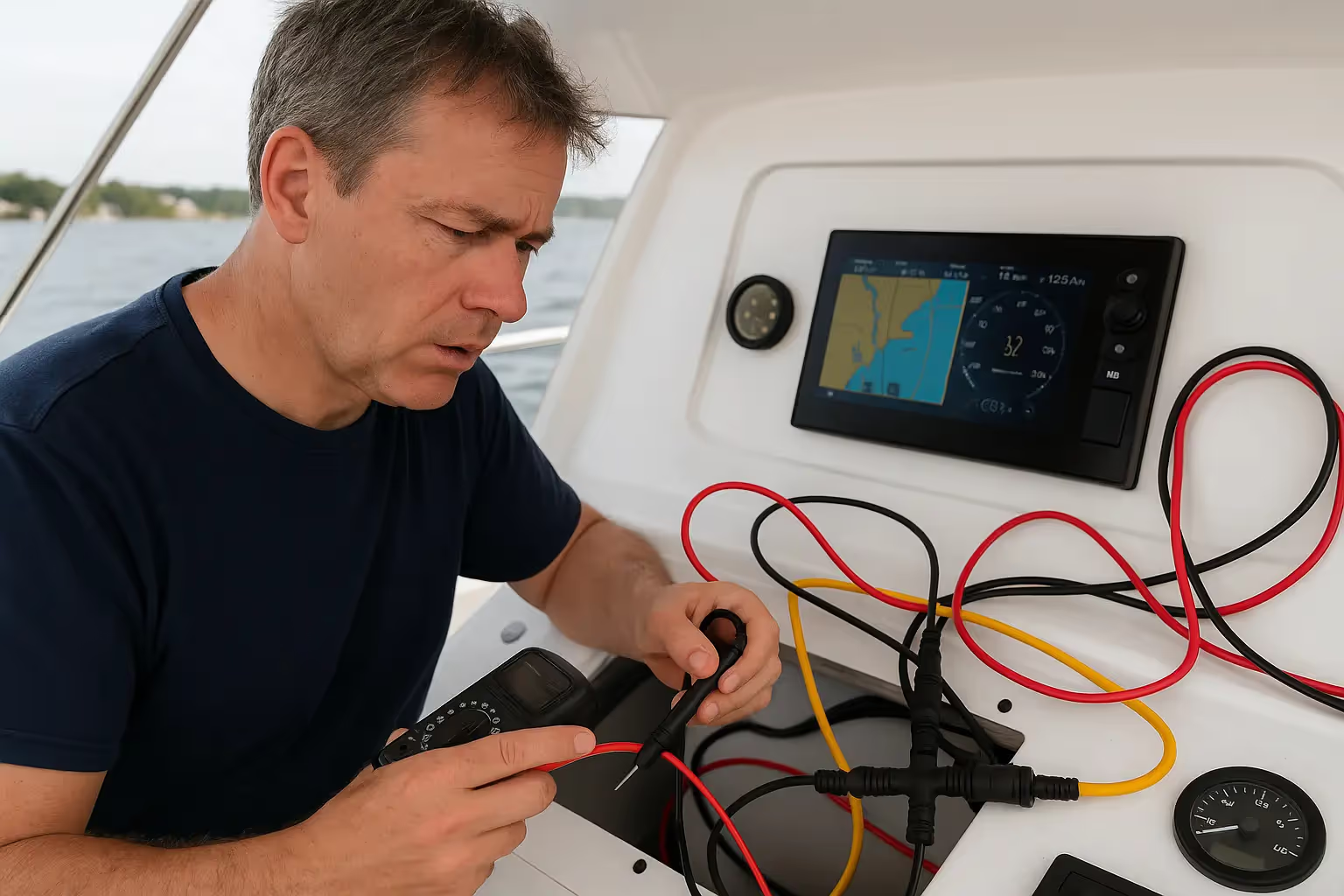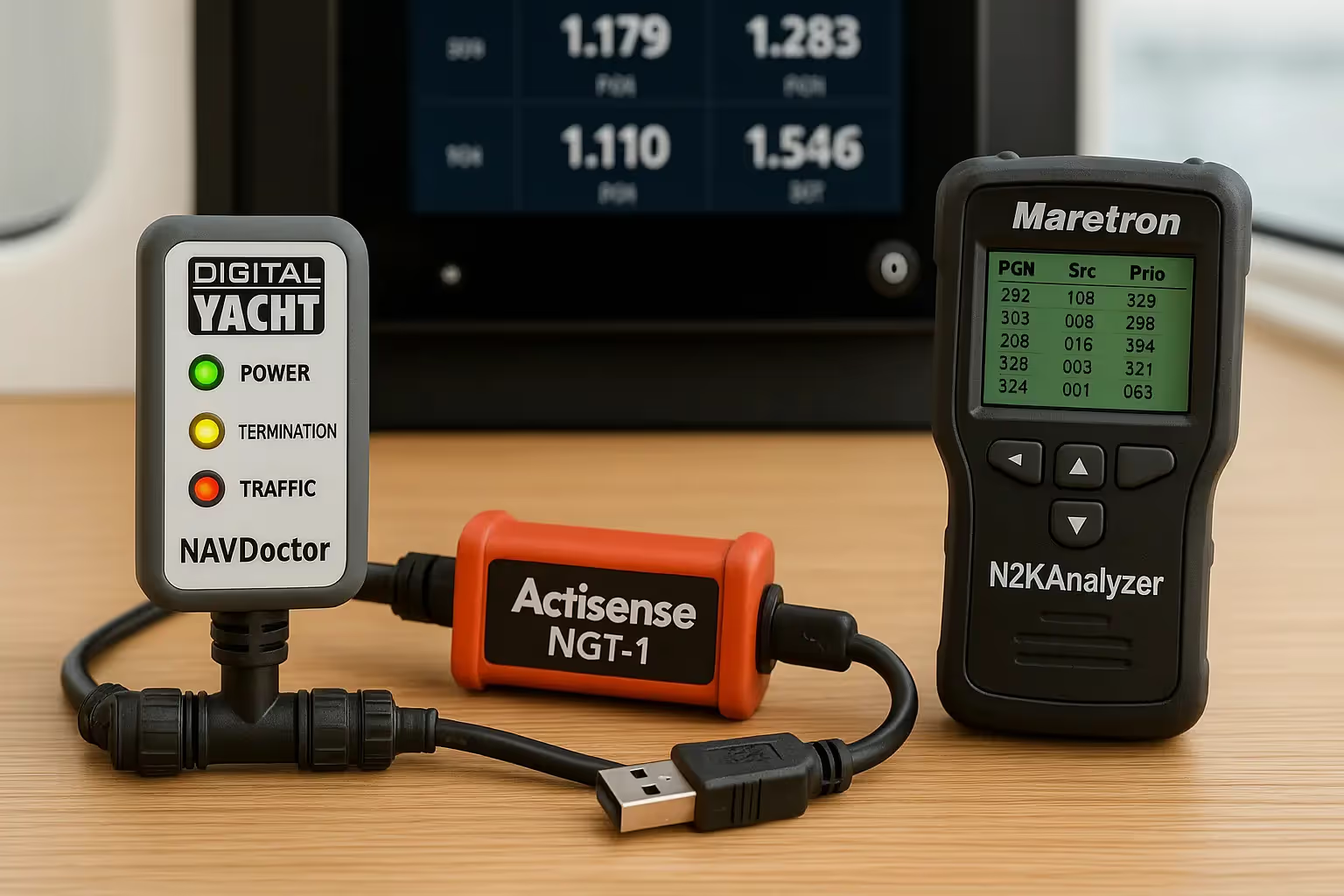Types of Sails and How They are Used

The first important distinction between sail types is the placement. The mainsail is placed aft of the mast, which simply means behind. The headsail is in front of the mast. Generally, there are three types of sails on a yacht:
1. Mainsail
The mainsail is the large sail behind the mast. It is attached to the mast and boom.
2. Headsail
The headsail is the small sail in front of the mast. It is attached to the mast and forestay (i.e. jib or genoa).
3. Specialty sails
Specialty sails include all the utility sails, like spinnakers, code zeros, and storm sails.
The second important distinction is the functionality of the sails. Specialty sails each have different purposes and are used for very specific conditions. They are not always up, but most sailors carry one or more of these sails onboard for various circumstances. They are mostly attached in front of the headsail or used as a headsail replacement. They can be divided into three categories:
1. Downwind sails
2. Light air or reacher sails
3. Storm sails
Now that we have a general understanding of some of the different types of sails, let’s take a closer look at the 10 most commonly-used sails and their primary functions.
1. Mainsail
The mainsail is attached behind the mast and to the boom, running to the stern. There are multiple designs, but they don't really differ that much. For example, a square top racing mainsail is for high performance with optional reef points while a cruising mainsail is low-maintenance, easy to use and generally has fewer reef points. Other types of mainsails include racing mainsails, full-batten cruising mainsails, high roach mainsails, mast-furling mainsails, and boom furling mainsails.
2. Jib
This headsail is the front sail in a front-and-aft rig. The sail is fixed on a stay (rope, wire or rod) which runs forward to the deck or bowsprit. It's almost always triangular. A jib is used to improve handling and to increase the sail area, which helps to increase speed. The jib gives control over the bow (front) of the ship, making it easier to maneuver. Most jibs are roller furling jibs, which means they are attached to a stay and can be reefed down single-handedly. If you have a roller furling, you can reef down the jib to all three positions and don't need to carry different sizes.
3. Genoa
This is the large jib that overlaps the mainsail. The leech of the genoa extends aft of the mast. This increases speed in light and moderate winds. A genoa is larger than the total size of the fore-triangle.
4. Spinnaker
The large downwind sail is a free-flying sail that fills up with air, giving it a balloon shape. Spinnakers are generally colorful, which is why they look like kites. This downwind sail has the largest sail area and is capable of moving a boat with very light wind. Spinnakers require special rigging. You need a special pole and track on your mast. You can attach the sail at three points: in the mast head using a halyard, on a pole, and on a sheet. The spinnaker is designed for broad reaching.
5. Gennaker
This is acrossover between a Genoa and Spinnaker. It has less downwind performance than the spinnaker. It is a bit smaller, which makes it slower but easier to handle. The gennaker is a smaller, asymmetric spinnaker that's doesn't require a pole or track on the mast.
6. Code Zero or Screecher
The code zero reacher is a type of spinnaker, but it looks a lot like a large genoa. It’s a hybrid cross between the genoa and the asymmetrical spinnaker (gennaker). The code zero is designed for close reaching, making it much flatter than the spinnaker. It's about twice the size of a non-overlapping jib.
7. Drifter or Reacher
This is a large, powerful, hanked-on genoa made from a lightweight fabric and designed for use in light winds. It's roughly 150-170% the size of a genoa. Thanks to the extra sail area the sail offers better downwind performance than a genoa and easier to use than a cruising spinnaker.
8. Windseeker
This is a tall, narrow, high-clewed, and lightweight jib that is a small free-flying staysail for super light air. It's freestanding, so it's not attached to the headstay. The tack attaches to a deck pad-eye. Use your spinnakers' halyard to raise it and tension the luff. It's designed to guide light air onto the lee side of the main sail, ensuring a more even, smooth flow of air.
9. Trysail
This is a smaller front-and-aft mainsail for heavy weather and used as a storm replacement for the mainstail. It's small, triangular, and it uses a permanently attached pennant. This allows it to be set above the gooseneck. It's recommended to have a separate track on the mast for it.
10. Storm jib
This is a small triangular staysail used for heavy weather. If you participate in offshore racing you need a mandatory orange storm jib as part of ISAF's requirements. Stormsails are stronger than regular sails, and they are designed to handle winds of over 45 knots. Most sailors use them to spare the mainsail.
With all the different types of sails, it’s helpful to remember a few general rules. Large sails are typically good for downwind use, small sails are good for upwind use. Large sails are good for weak winds (light air), small sails are good for strong winds (storms).
Now that you have a general understanding of the different type of sails and their uses, you are ready for a hands-on RYA Sailing Course like Start Yachting or Competent Crew. For an understanding of the different types of rigging, read this article.
















